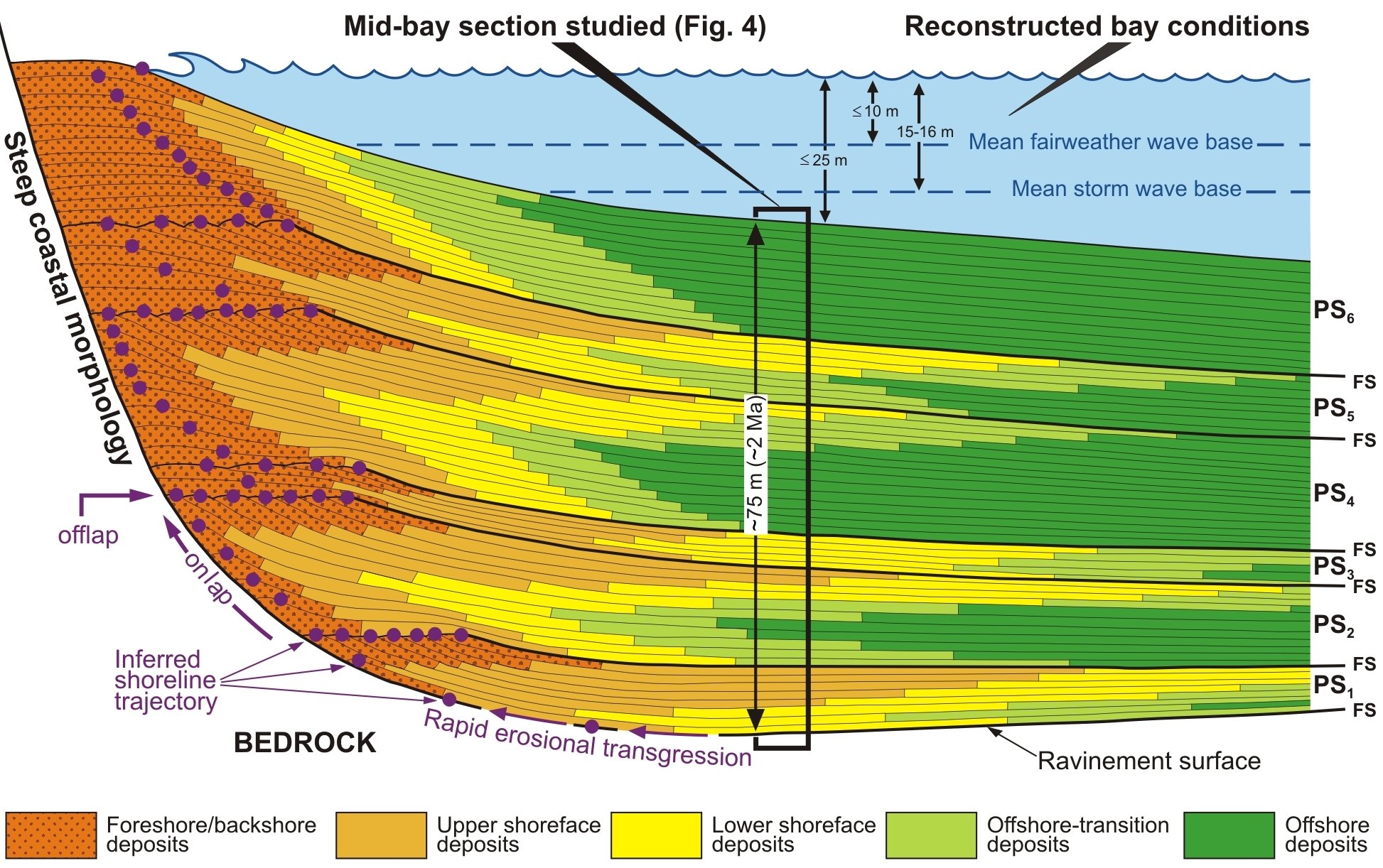

This can prevent gaps between the uppermost surface (which is modeled from boreholes) and the constraining ground surface (which is typically more accurate).

Truncate Units Below Ground Surface: This option will null-out the stratigraphic model below the ground surface grid.In the example below, in which the ground surface grid model represents an excavation pit, this would result in the "post-excavation stratigraphic model" or pit model. Truncate Units Above Ground Surface: This option will filter the surfaces above the ground surface, setting those nodes to the null value.Ground Surface Grid Model: Browse for the name of the grid model to be used to truncate the stratigraphy model and (optionally) to replace the uppermost stratigraphic unit's top surface.If you need to resample the ground surface grid, refer to the ModOps | Grid | Math | Resample option. ! This model must have the same dimensions and node spacing as is represented in the stratigraphy model surfaces. You can also request that the uppermost interpolated surface be replaced with this constraining surface. Constraining Surface: Check this option if you want the stratigraphy model to be filtered with a surface, typically representing the ground surface.If you are dealing with non-sequential stratigraphic units (which is NOT what the Stratigraphic capabilities within RockWorks were designed for!), such as dikes, it may still possible to model the geology by disabling the Onlap feature and plotting the model as a voxels-only diagram: As above, it is important that you have your formations ordered correctly in the Stratigraphy Types Table, and you have a good upper surface from which to work downward.

Starting from the highest unit and proceeding downward, if a unit extends above the overlying unit, it will be truncated along the base of the overlying unit. Underlap: This option is the opposite of Onlap.It's also necessary to have good base surfaces, upon which you can layer the upper surfaces. the younger formations at the top and the lower formations at the base. In order for this program to work correctly, the sequence of formations within the Stratigraphy Types Table must be listed from top to bottom (i.e. Onlap: This option "fixes" models in which portions of an upper unit extend below the base of a lower unit.The program makes no consideration about overlying or underlying units, so missing data can result in gaps between units or crossing units. None: Selecting this tells RockWorks to interpolate the stratigraphic surfaces based on the borehole data (with any other applicable data-filling rules appllied).Modeling Sequence: These options tell the program whether to build formations as entered, or with bottom-up or top-down rules.Stratigraphy Modeling Options Stratigraphy Modeling Options


 0 kommentar(er)
0 kommentar(er)
